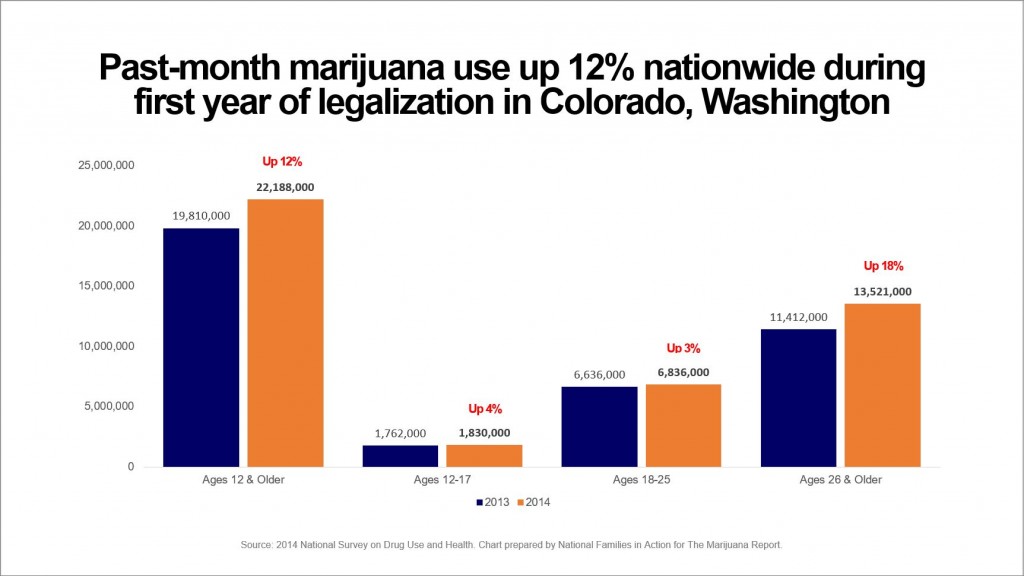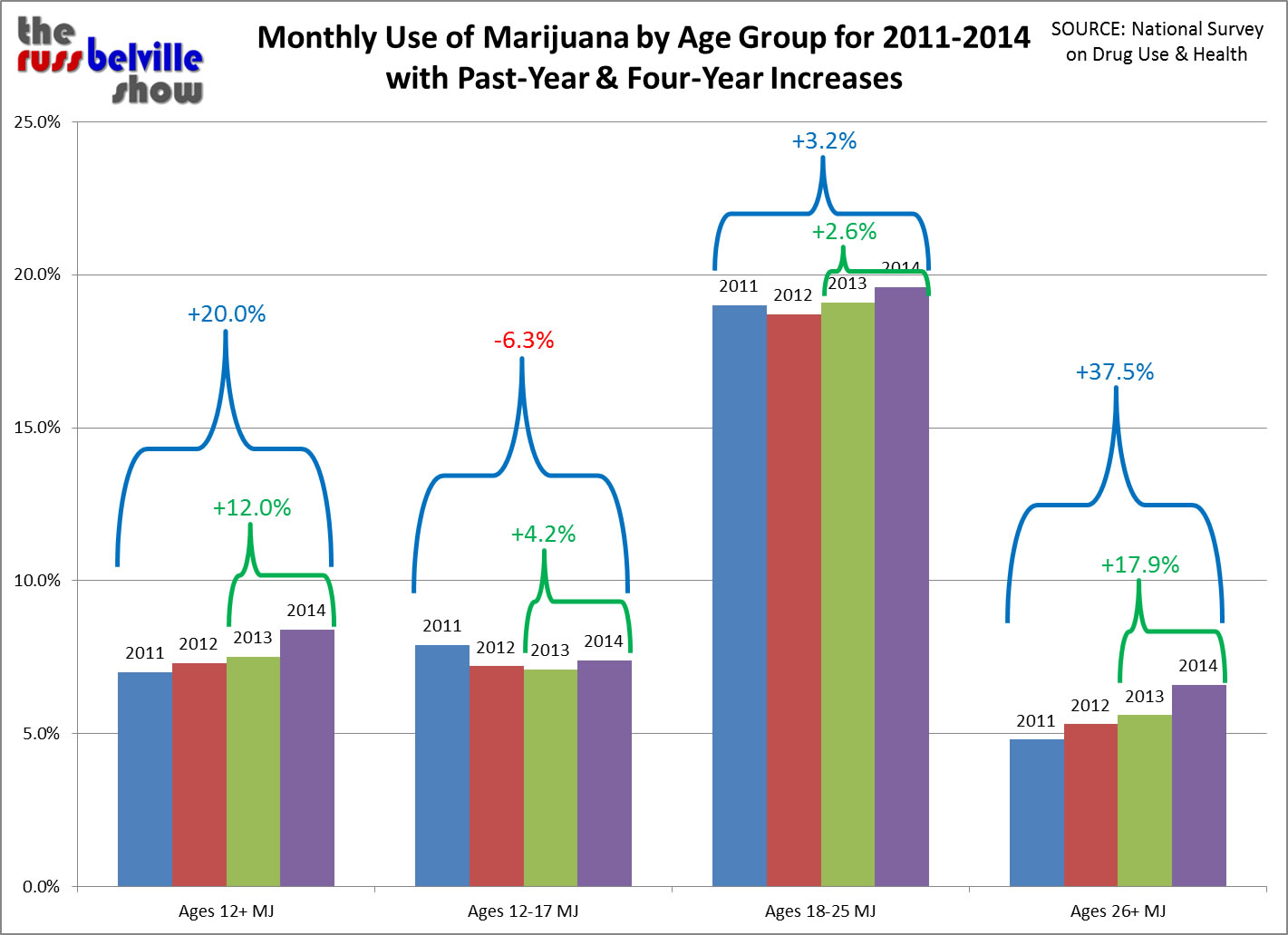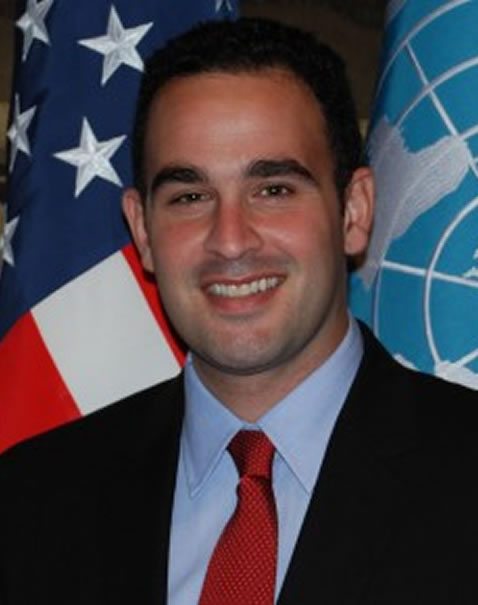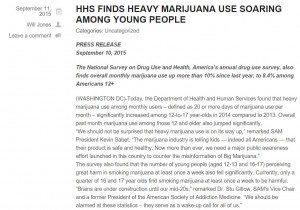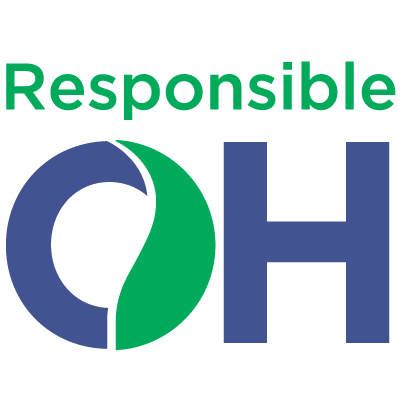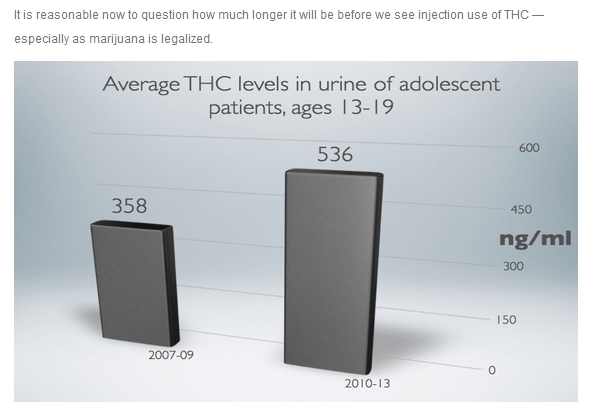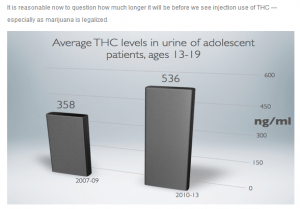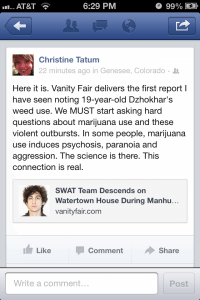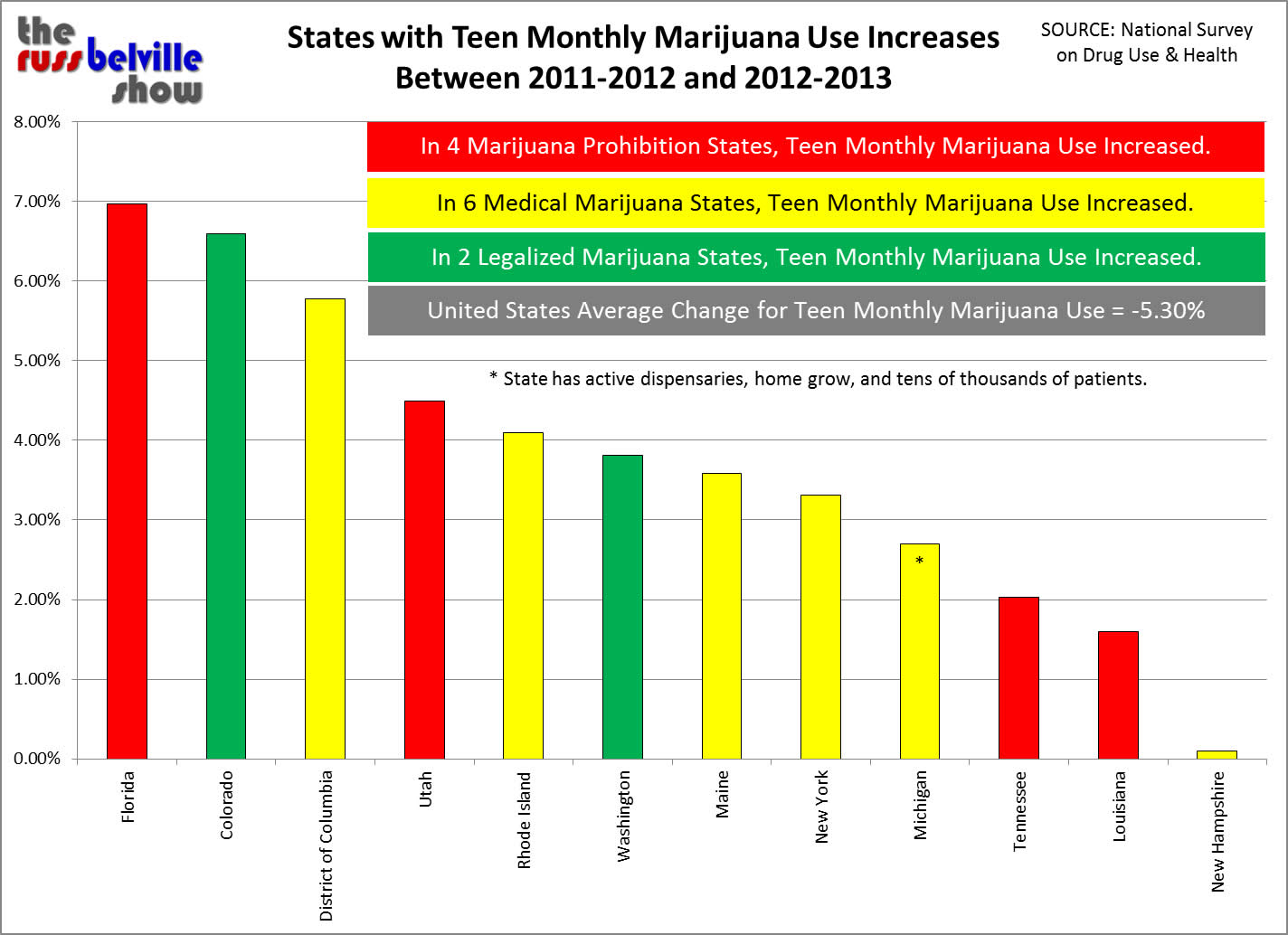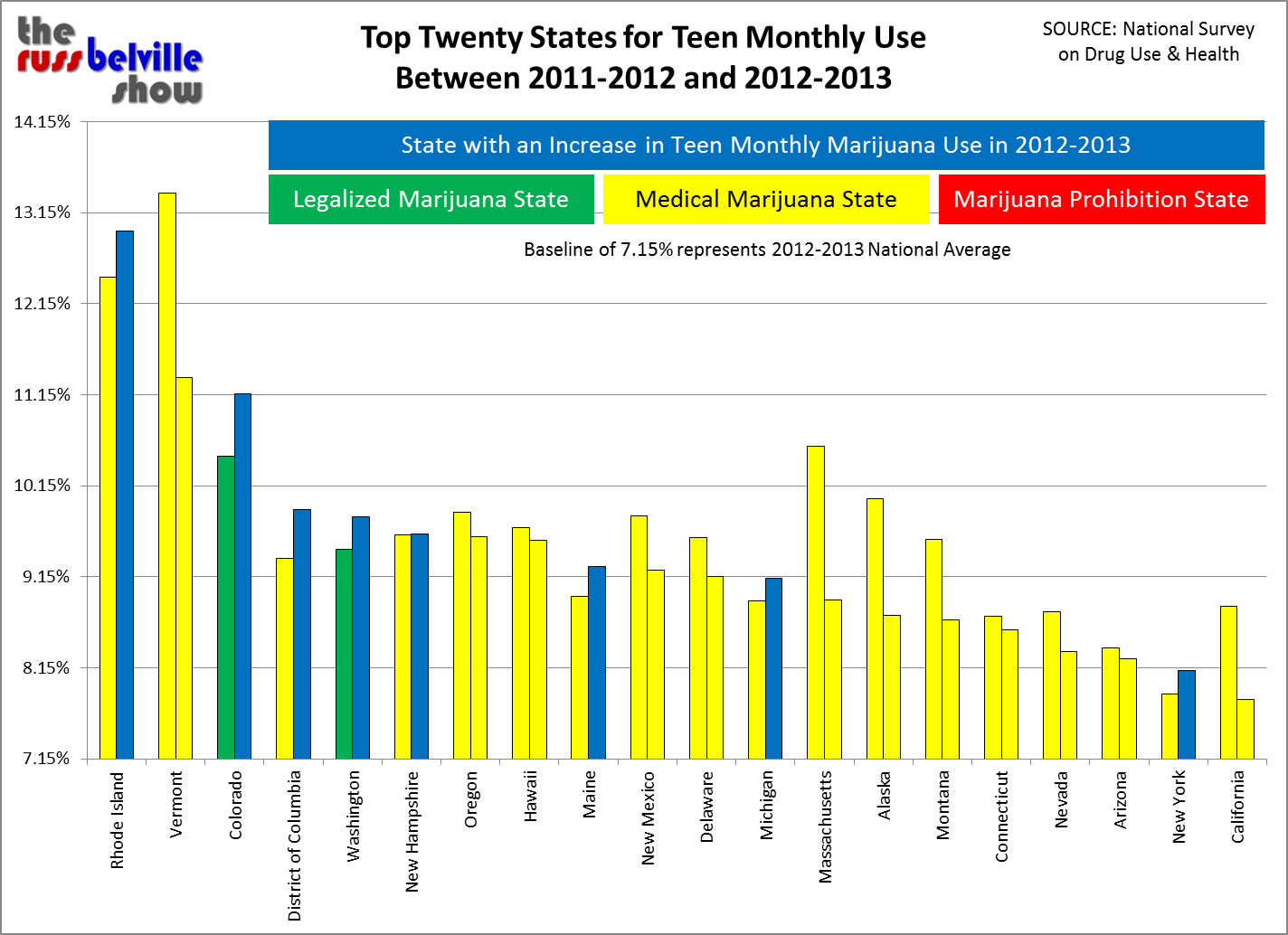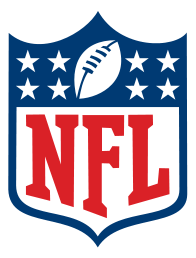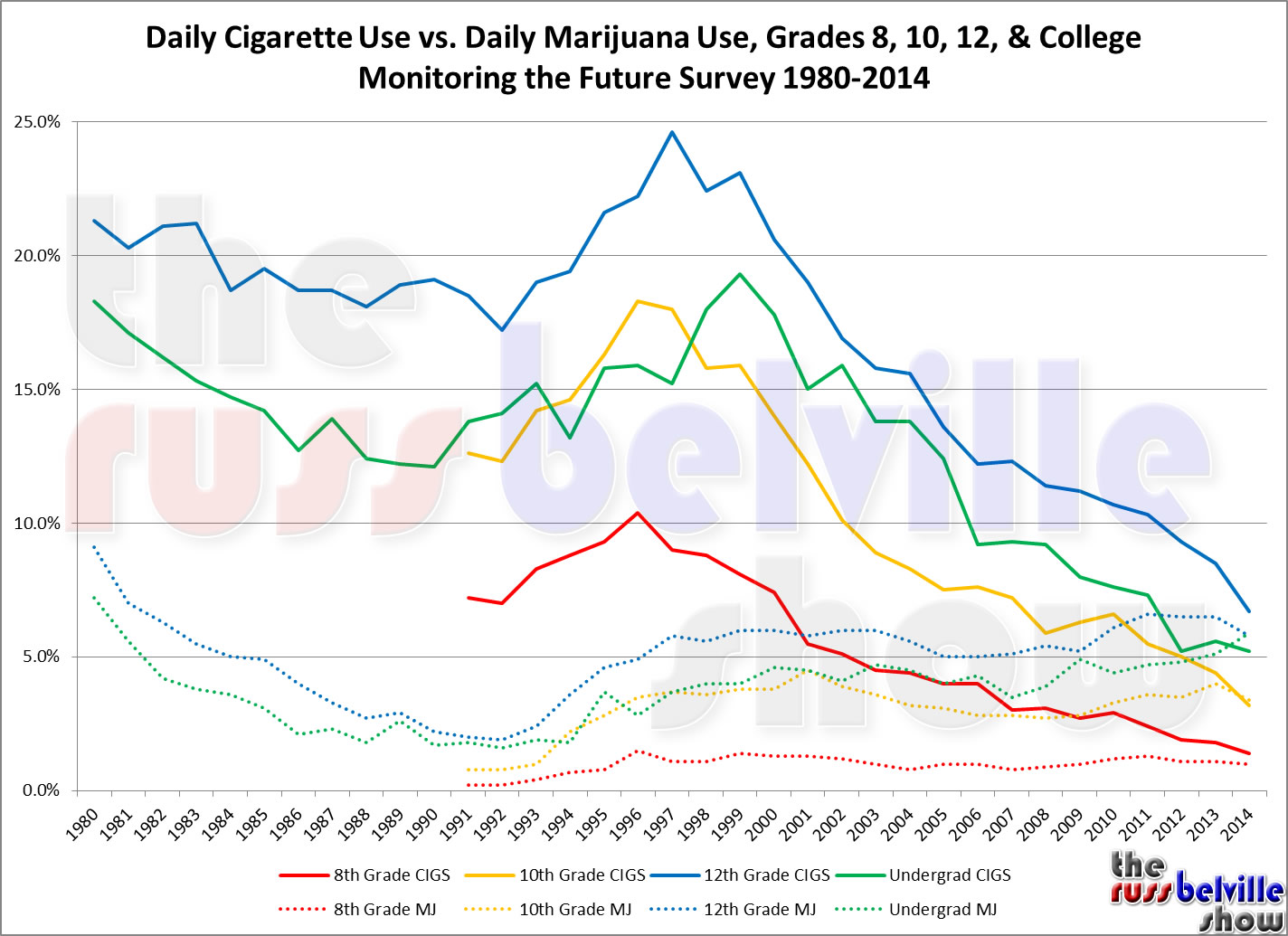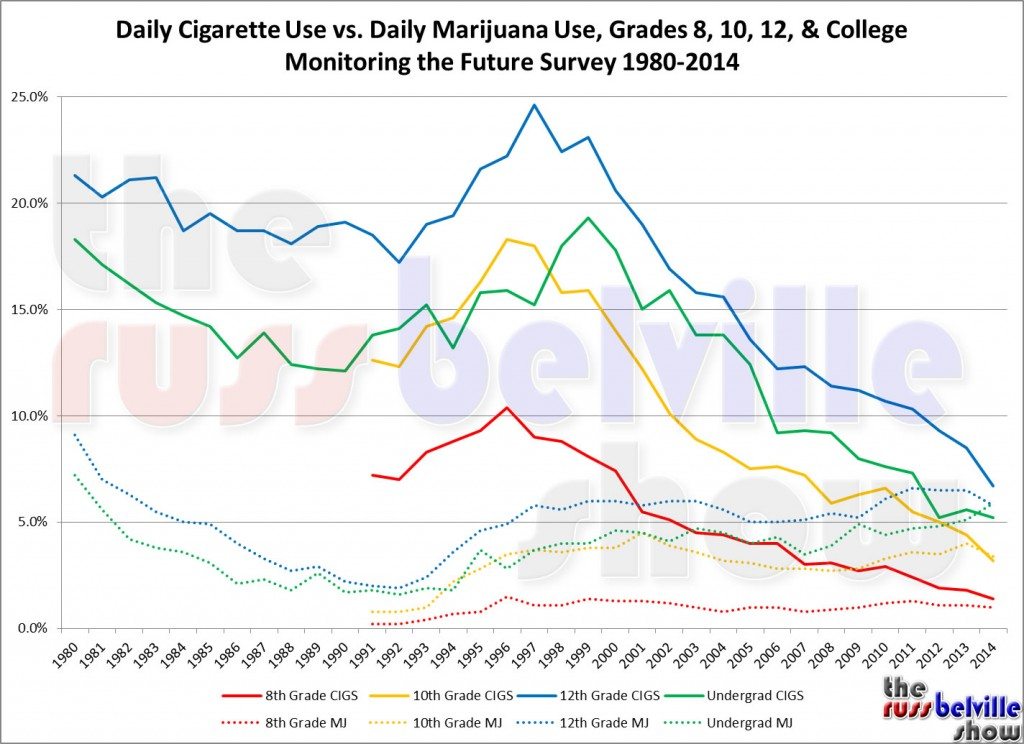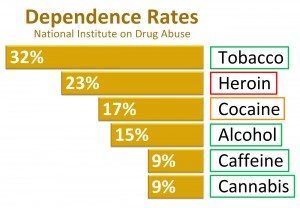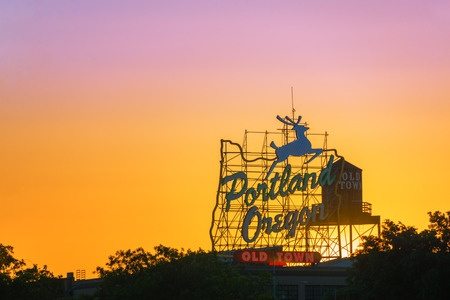UPDATE: I have some very astute readers. One who shall remain anonymous but is very well-educated on the intricacies of state governments critiqued my Terrible Precedent section. I’ve modified the text with italics for the inserts and strikethrough for the deletions.
It’s on the ballot now. ResponsibleOhio, the group that shocked the drug reform world, has qualified their constitutional amendment to end Ohio marijuana prohibiton for the 2015 ballot as Issue 3.
That means the conversations about which method of legalizing marijuana someone in Ohio may prefer are moot. On November 3, 2015, there are just three choices for the Ohio voter:
- Vote YES on Issue 3 and end marijuana prohibition.
- Vote NO on Issue 3 and continue marijuana prohibition.
- Don’t vote on Issue 3 and be silent about marijuana prohibition.
As one of the few highly-visible marijuana reformers in full-throated support of ending marijuana prohibition in Ohio, I’ve been through Twitter and Facebook battles with numerous Ohioans who claim to want marijuana legalization but argue vehemently for continuing marijuana prohibition in Ohio, at least one more year.
Here are a few of their arguments, culled from various posts and paraphrased for continuity.
“Wait til next year!”
This is the argument that the birds in the bush are far better than the one in Ohio’s hands right now. They’ll tell you that there is OTEP – Ohioans to End Prohibition – waiting in the wings with a better initiative for 2016. Indeed, I like OTEP’s language better than Issue 3’s. (For that matter, I like the CCHI “Jack Herer” Initiative language in California better than all others proposed there.)
But what we like as reformers and what is politically realistic are two different animals. It doesn’t matter what language you write if you have no money and can’t raise any signatures. OTEP’s been at this for years, as well as other well-meaning groups, and none of them have ever raised one-third of the signatures they need to get on the ballot, for even medical marijuana, which enjoys far greater support. Also, none of these groups have any money to show in their campaign treasury; some are in the red.
I’ve heard rationalizations that next time, 2016, OTEP will be able to put together the money and signatures. But in 2016, California will be fighting to get on the ballot and it will attract much of the money donated to support legalization nationwide. Add in Nevada, Michigan, Massachusetts, Maine, Arizona, and maybe even Missouri for 2016, and that leaves a lot of competition for pro-legalization dollars. Could 2020 be the next realistic shot for Ohio if it loses in 2015? Ask California, where their 2010 loss wasn’t followed up until (hopefully) 2016.
“We’ve got decrim!”
This is the argument that since Ohio has the nation’s greatest decriminalization limit, there’s no need to pass a flawed legalization. An adult may possess up to 100 grams (3.5 ounces) and face only a minor misdemeanor with a $150 fine and likely driver’s license loss for 6 months to 5 years.
But that still means that marijuana is a contraband substance. It means cops can detain and harass you over weed smell. It means cops can search your car and get warrants to search your home. And while the minor misdemeanor isn’t a criminal record, it is still a record that can haunt you in job, housing, and school searches for years.
It also still means you have to get your marijuana from criminal underground sources, overpriced due to risk, untested, uninspected, and with few choices. If this decrim is so great, why bother fighting for any legalization?
“Monopoly bad!”
This is the argument that since Issue 3 creates just ten commercial grow sites already owned by investors in the campaign, Ohio should reject legalized marijuana tax revenues, new jobs, and new businesses. Because ten growers will produce all commercial marijuana, Ohio should keep criminals in charge of all commercial marijuana.
First, it’s not a “monopoly” when there are ten separate competing interests. It may fairly be called an “oligopoly”, a domination of a market by the rich. But oligopolies exist everywhere – from how many providers can you get operating systems, airline flights, automobiles, eyeglasses, or cable television? For that matter, where were today’s Ohio monopoly-haters in 2009 when the casinos pioneered this type of amendment?
Second, oligopolistic domination of marijuana production has been the rule throughout most of the recent medical marijuana states, with even fewer than ten producers allowed in some states. Nobody seemed to raise much of a fuss when those oligopolies passed.
Now, I think oligopolistic control of marijuana production sucks, but it sucks far less than criminal control of marijuana production. Legalization of marijuana, even under Issue 3, is better for consumers and even for current marijuana producers than prohibition.
If you’re a consumer, you will be legal to possess weed and have great marijuana shops (over a thousand!) in which to purchase it. Or you can decide to grow your own marijuana.
If you’re a dealer, you will be legal to own and operate a marijuana shop.
If you’re a processor (making edibles, tinctures, extracts), you will be legal to own and operate your own processing facility.
If you’re a grower, selling currently on the black market, you could become an employee of one of the ten grow operations (you think Frostee Rucker, Oscar Robertson, and Nick Lachey will be tending those warehouse grows?) Or, if you decide to stay on the black market, there is far less chance of you getting caught now that drug dogs sniffing weed will be worthless and evidence of growing will no longer be a probable cause.
“Terrible precedent!”
This is the warning that if Ohio passes Issue 3, it will set the standard for how legalization unfolds in other states. I heard a similar prediction from the opponents of Washington’s Initiative 502 in 2012, that its per se DUID standard and prohibition on home grow would become the template for future legalization states.
Except Oregon and Alaska didn’t include those conditions, Nevada’s measure on the ballot doesn’t, and the proposed measures for California, Michigan, Massachusetts, Maine, Arizona, and Missouri don’t, either.
Furthermore, it would be difficult to export the Ohio investor model elsewhere. There are just 27 states with some form of initiative or referendum process. Of them, four have legalization already and one’s already on the ballot. Minus Ohio as well, and you’re left with 21 possibilities.
Then nine ten of those remaining states – Idaho, Utah, Wyoming, Montana, Arkansas, North Dakota, South Dakota, Oklahoma, Nebraska, and Mississippi, and Kentucky – aren’t likely to either attract investors because of their small population or have a reasonable shot at passing anytime soon. So, now just 12 11 possibilities. (Kentucky has only legislature-referred referenda. Arkansas belongs in the small-state-unlikely-to-pass list, as it defeated medical marijuana in 2012. I plum forgot about Montana.)
California, Arizona, Nevada, Michigan, Maine, Missouri, and Massachusetts already have strong, well-funded reformer-driven campaigns that would provide serious competition to an oligopoly threat. And, aside from Missouri, they all have existing medical marijuana entities that would fight back. So, now just 5 4 possibilities.
New Mexico, Arkansas, and Delaware could be a candidate, but lack the major metro populations that would make this worthwhile to investors. And, aside from Arkansas, again that threat from existing medical marijuana entities. Of the remaining four, New Mexico has only legislative-referred referenda and Delaware has only advisory question initiatives, neither of which support an Ohio-like proposal. So that leaves just Florida and Illinois where the Ohio investor initiative model could be exported.
However, Florida only allows constitutional amendments and those must gain 60 percent of the vote. With Florida already in the throes of a multi-million-dollar medical marijuana amendment campaign that may barely win, would investors sink millions to compete with it with a less-popular legalization?
So, maybe Illinois would follow the precedent. But there again is the threat of the existing medical marijuana infrastructure fighting oligopolistic control. And Illinois’ initiative process is so arduous and limited that practically speaking, it would be impossible to pass an oligopoly-led marijuana legalization initiative.
“It’s in the Constitution!”
This is the argument that placing oligopolistic control of commercial marijuana production in the state’s constitution installs it permanently. It’s an hypocritical argument, considering that changing the constitution is what brings up the argument.
If these other Ohio groups like OTEP have the power to get completely new marijuana legalization on the ballot in 2016 after a well-funded 2015 effort fails, why wouldn’t they have the power to amend 2015 legalization that passes? Wouldn’t it be easier to run an amendment that opens up commercial grows within Issue 3’s framework than to run an initiative or amendment to create an entirely new legalization framework?
“They’ll never get medical right!”
This is the argument that this oligopoly campaign is merely giving lip service to medical marijuana and patients will never get the care they deserve under their model. While the establishment of a medical marijuana program may be vaguely defined in Issue 3, the legalization for recreational use gives patients a far better deal than current law, anyway. No matter what condition you have, no matter if you’ve seen a doctor or not, a patient could grow four plants and possess eight ounces at home. How could you tell a cancer patient this deal isn’t good enough because too few growers will get rich? Are you willing to bet the cancer patient will still be alive in 2016 and someone will have raised the money and signatures by then?
“We can do better!”
Marijuana legalization advocates sometimes make the mistake of believing it is a choice among which legalization we want, rather than which legalization we can get. No matter how much the lousy cultivation plan sucks, every person who claims the mantle of marijuana legalizer should be voting yes on Issue 3 in Ohio.
Think big picture. First, do you want to have a high-profile state legalization loss just one year before we try to pass legalization in maybe six other states? The mainstream won’t understand that we love legalization and hate oligopolies; they’ll just see that the momentum of legalization wins has ended.
Second, consider that Ohio’s legalization won’t occur in a vacuum. If the oligopoly is as bad at marijuana growing as critics contend it will be, then they will be losing in competition with current illegal growers, who are then harder to bust because of home grow, and with illegal imports from legal states, which supposedly will be better quality than oligopoly weed and harder to bust, since people can legally possess marijuana and drug dogs will be retired from marijuana detection.
Third, other states nearby (Michigan) will legalize and open up that competition and eventually, the federal government will lift its prohibition and Ohio’s ten growers will have to compete with 10,000 growers from the West Coast and Colorado.
Either those oligopoly growers will successfully compete – in which case, Ohioans are getting West Coast-quality weed at reasonable prices – or they won’t and the whole commercial framework will have to be overhauled.
Too much of the opposition to this Ohio model comes from people who are just offended by the idea of rich guys who know nothing of marijuana swooping in and becoming richer, while people who have loved and cared for growing weed lose their opportunity to get rich. I understand taking that offense, but I cannot understand hatred of the rich convincing someone to remain a criminal and keep others criminal.
Vote Yes on Issue 3, then spend the time, money, and effort you would have exhausted on a brand new medical marijuana or legal marijuana campaign and fix what’s wrong with Issue 3.


